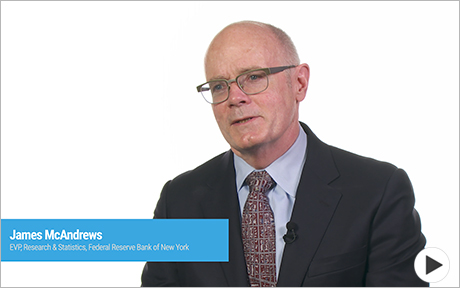
Over the past year, market pricing on interest rate derivatives linked to the federal funds rate have suggested a significantly lower expected path of the policy rate than responses to the New York Fed’s Survey of Primary Dealers (SPD) and Survey of Market Participants (SMP). However, this gap narrowed considerably from December 2015 to January 2016, before widening slightly at longer horizons in March. This post argues that the narrowing between December and January was mostly the result of survey respondents placing greater weight on lower rate outcomes, while the subsequent widening in February and March likely reflects an increased demand for insurance against states of the world where the policy rate remains at very low levels.


















 RSS Feed
RSS Feed Follow Liberty Street Economics
Follow Liberty Street Economics